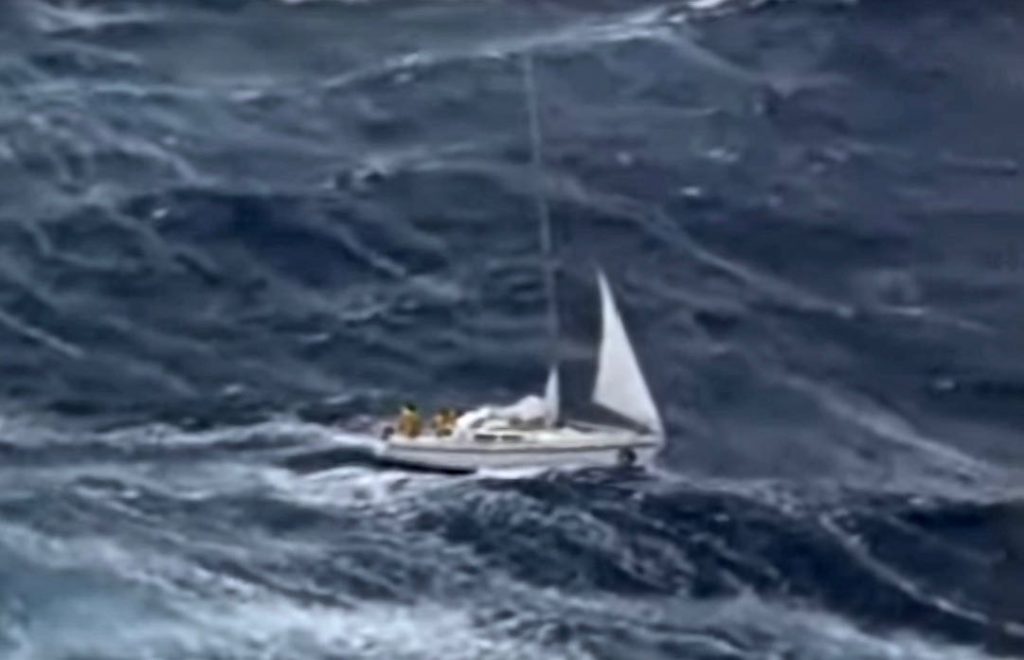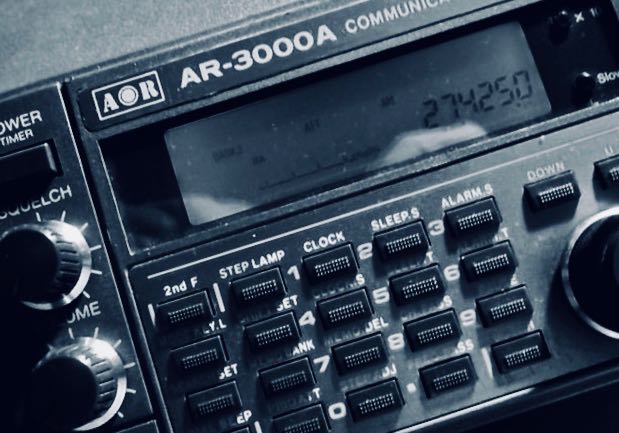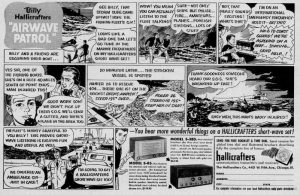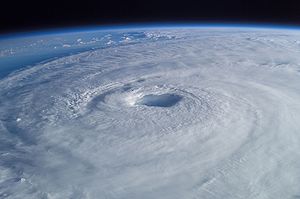In response to our recent items about monitoring the Sydney to Hobart yacht race, SWLing Post contributor, Neil Howard, shares the following:
In 1998 this race was decimated by massive seas and storms, which sunk 5 boats and tragically lives were lost.
I happened to be recording frequency of the Race controller.
After almost losing the recording , I posted it to YouTube back in 2011:
Click here to view on YouTube.
Description of recording:
HOW this was obtained
This recording of the HF transmissions from 1998 was recorded by me from Queensland, using a newfangled unattended recoding program on the PC and a very ordinary Sangean ATS-803a receiver using a random long wire Antenna – from memory this was on the 8 Mhz Marine band, and is the co-ordination of the search and rescue from the 28th Dec 1998 and covers from around 8:30PM till 10PM – The automated recorded stopped recording when the signal noise dropped below a certain level and thus some was lost.
The recording goes for 30 mins, as that was the limit that was set to save disk space, but there is a lot of empty noise.
I have had this on a disk for 13 years now ( WOW!) and I had a serious disk crash, recently and almost lost everything….. I place this here on youtube so it is not lost to prosperity – The race is on again right now, so This was good timing! I present this recording as it was recorded, warts and all for your education *** I dedicate this to those lost at sea
Highlights — (Times are approximate)
- 4:11 “Rescue 253” 9A helicopter) locates a life-raft
- 6:00 “Air force Sydney” is looking for a position of a yacht ” Solo Global Challenge”
- 6:50 “RTC Canberra” (Who is co-ordinating) has a “hot mic” and is explaining the situation to someone locally
- 8:35 “Rescue 253” has sighted 2 POB on the life-raft – RTC wants to know if they are from “Winston Churchill”
- 9:39 Another “hot mic” in Canberra
- 11:56 “Tiger75” (A Navy Helicopter, I think) has the survivors on board, but still awaiting info on who they are
- 13:0413:44 confirmation that there are 2 survivors of the “Winston Churchill” from the life raft, but the tragic news that 3 others had “rolled out” of the raft and are lost (Historical note- these three were listed as drowned)
- 14:46 Discussion about where the survivors are to be taken by Tiger 75
- 15:20 Info of the survivors is passed though, along with the news that the life raft they were “in” had no bottom.
- 16:33 Rescue 253 Says it has heard a beacon & is proceeding to the location
- 20:00 Another aircraft has gone to the search site from Merimbula (A town in New South Wales)
- 25:38 Rescue 253 updates beacon location
- 26:30 Rescue 253 Locates a boat at the beacon site that has been dis-masted & is in serious trouble.
It is interesting (and harrowing) listening.
They still use HF , but after the 1998 debacle, when they found they had little idea of actual positions for S&R, they introduced regular scheds.
Wow–what an amazing and sobering recording, Neil. Thank you for sharing and giving us an opportunity to remember those who lost their lives.
Note that there’s a documentary about the 1998 Sydney to Hobart yacht race on YouTube. Click here to watch Part 1 and here to watch Part 2.





